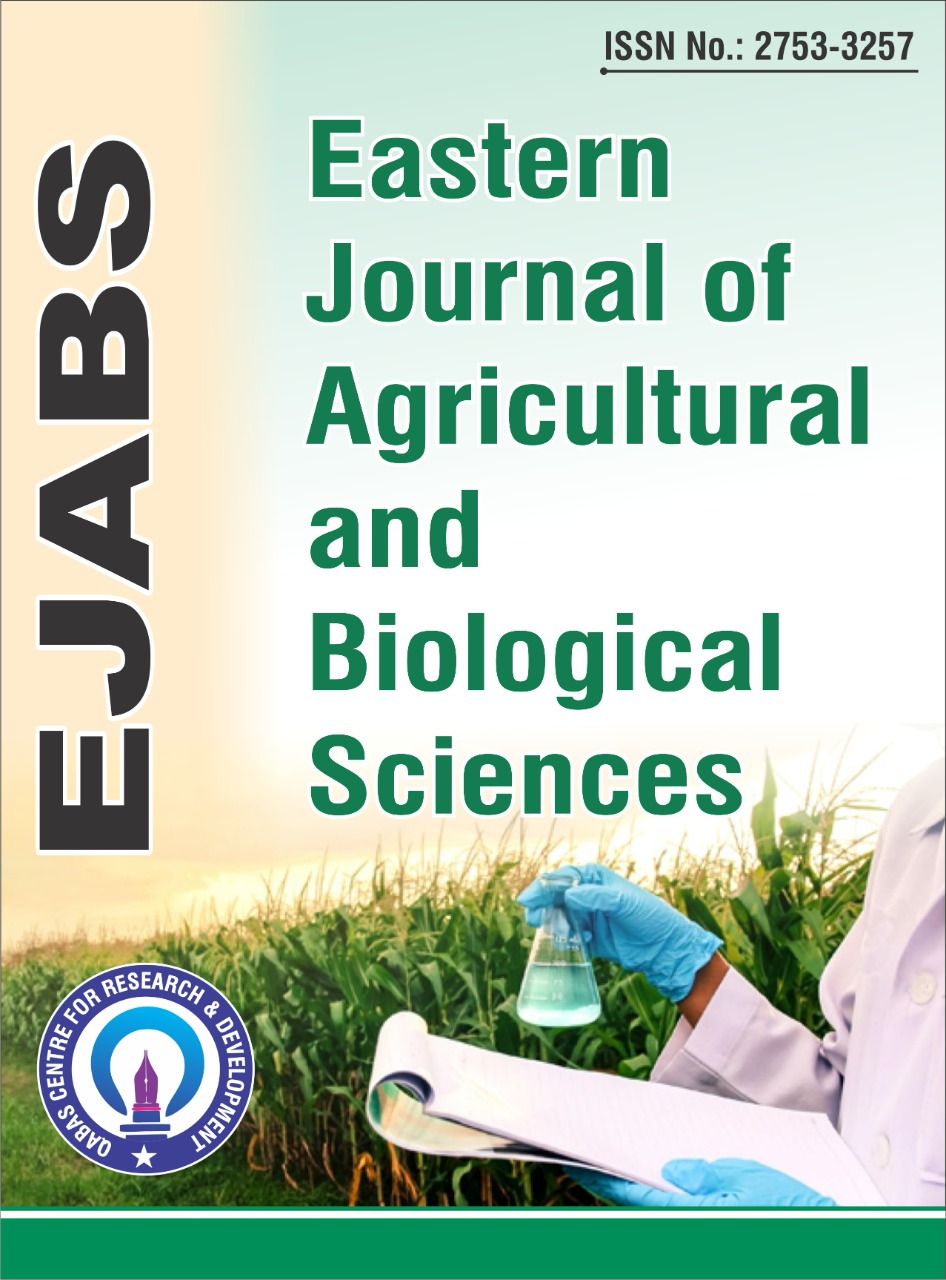Seroprevalence of acute and chronic Toxoplasma gondii infections in sheep
Abstract
Toxoplasma gondii, causing toxoplasmosis, is a ubiquitous intracellular parasite of worldwide importance which infects a wide-range of wild and domestic animals as well humans resulting in severe economic losses and public health concerns. This study was conducted to investigate the prevalence rate and risk of acute and chronic T. gondii infections in sheep, and identifying the association of positivity to animal risk factors. An overall 368 sheep were selected randomly from a number of rural areas located in Al-Qadisiyah province (Iraq) during April to June (2024). After sampling of venous blood, the serum samples were obtained and tested by specific T. gondii IgM and IgG kits to detection the acute and chronic infections respectively. Age and sex of study animals were considered as potential risk factors to seropositivity. Totally, 10.05% and 41.85% of study sheep were shown acute and chronic T. gondii infections, respectively; with a level of ODs was 0.36 ± 0.0093 and 0.375 ± 0.0079, respectively. According to levels of positivity, the mild, moderate and severe infections were identified respectively in 45.95%, 48.65%, and 5.41% of acute infection; and in 46.75%, 31.82%, and 21.43% of chronic infection. In association to risk factors, the findings of acute and chronic infections were increased apparently in sheep aged 1-<3 years (16.959% and 57.31%, respectively) when compared to other age groups; < 1 (5.932% and 33.05%, respectively), 3- <5 (1.923% and 26.92%, respectively), and ≥ 5 (0% and 11.11%, respectively) years. In addition, the risk of both infections was elevated in sheep aged 1-<3 in comparison to other age groups. Relation to sex, females were showed higher rates of positivity and risk to acute and chronic T. gondii infection than males. In conclusion, this represents the first study in Al-Qadisiyah province (Iraq) which detect serologically both the acute and chronic T. gondii infections in sheep by ELISA. However, the obtained data demonstrates that toxoplasmosis continue to negatively impact sheep and compromising food security in Iraq suggesting the importance of extensive prevention and controlling strategies. Also, application of serology and molecular diagnostic methods could provide more accurate data about the rate of prevalence and the risk of toxoplasmosis on domestic animals and humans.









